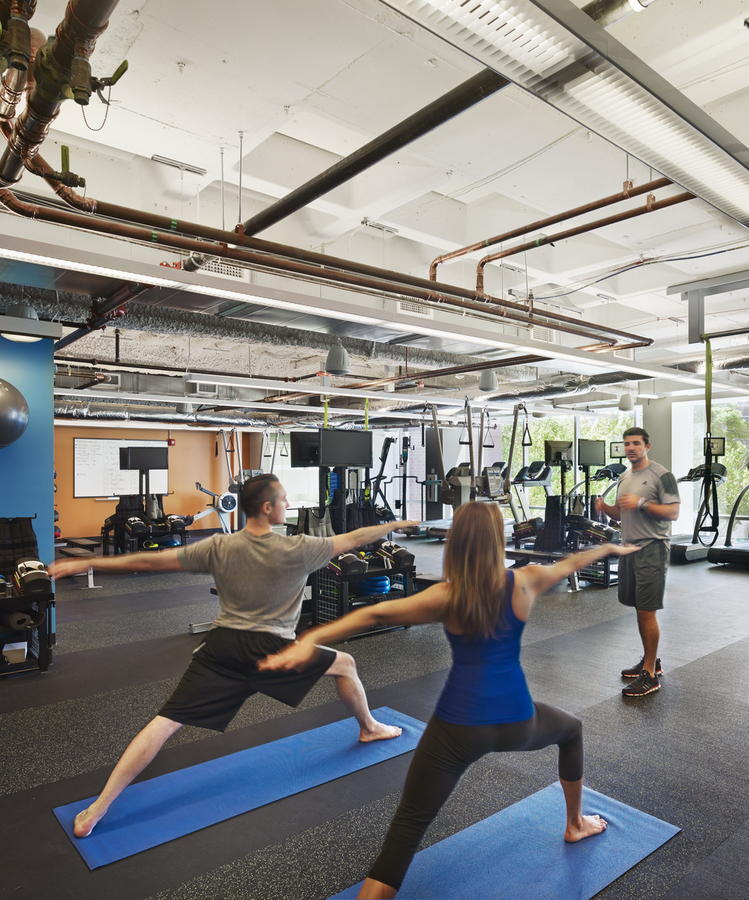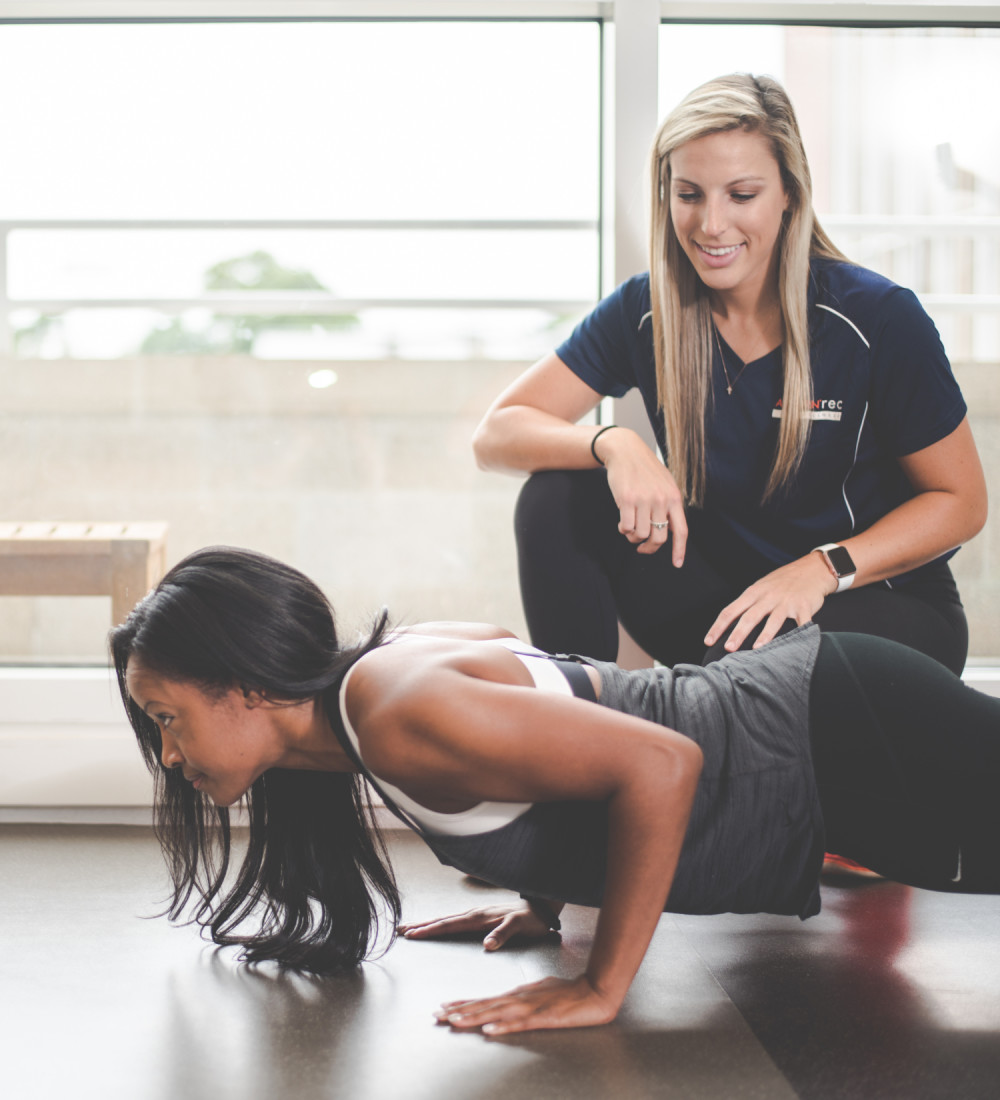Keeping track of income, expenses and learning to pay tax does not come easy to everyone. We’re here to give you some of our top tips to get tax savvy and potentially save yourself from getting in debt with IRD or worse yet, prosecuted for tax evasion! In my seven years as a PT, I have done plenty of tax returns but also made a few mistakes along the way. Luckily now, there are simple and cost-effective programs, apps and accountants that you can utilise to take the pressure off yourself if maths was never your thing!
My biggest tip is: if in doubt, refer out. If you feel unsure of what to do with your taxes, seek help from a registered accountant. You can find one in your local area via the link in the references below (Chartered Accountants ). Even a simple 30 minute chat may set you up for the year. This along with good software can reduce the time needed to sort your tax each month. The biggest mistake you can make is too bury your head in the sand and ‘sort it out later’, this could lead to you over spending throughout the year and not having the finances to pay your tax once your return is filed.
Typically, personal trainers are acting as sole traders or contractors so the advice given is based upon this. If you are an employee of a fitness company you will be on salary/ wages and your tax will be completed for you. If you are in a partnership or have your own company, the rules differ again so I would suggest getting on touch with an accountant or the IRD for more information.



